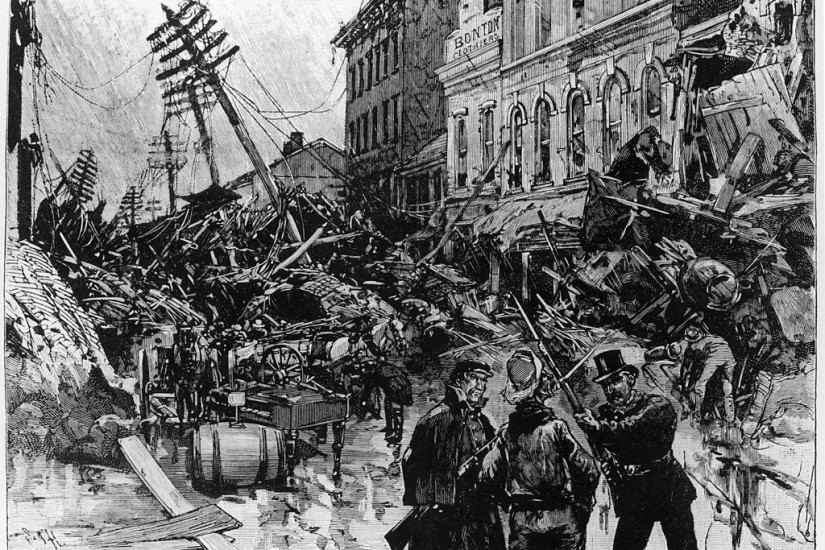In the twenty-four hour news cycle we live in, we frequently are treated to instantaneous images of disasters unfolding around the globe. I am often reminded how disasters do more than destroy the physical infrastructure of the affected areas; they strike at the very core of individual and community identity. The normal rituals of everyday life are disrupted while injury and death highlight the fragility of our mortal, material bodies. In mass-casualty events, the dead often become a logistical problem, their bodies part of the larger filth of disaster.
The urgency to recover and bury the dead as quickly as possible can make it difficult, if not impossible, for survivors to perform the rituals of care and grief that might return a sense of individual dignity to the dead. When a massive earthquake hit Nepal in April 2015, killing approximately 8500 people, Kathmandu’s temporary morgues were filled to capacity; morgue workers had little choice but to cremate the unclaimed dead without ceremony.1 In nearly every historical and contemporary mass-casualty event I’ve studied, the handling of the dead is often fraught with concern about how we deal with the very real material problem of so many bodies without neglecting the social and cultural rituals that give meaning to those bodies as we dispose of them.
Such was the difficulty that faced the Pennsylvania State Board of Health in the summer of 1889. On May 31st of that year, torrential rains caused the already-weak South Fork Dam to collapse, sending water surging down the state’s Conemaugh Valley toward the industrial settlements surrounding the city of Johnstown. This wave easily wiped away homes, factories, rail lines, and telegraph poles before devastating the greater Johnstown area, home to an estimated 30,000 residents.2 In the wake of the flood, about 2,200 human bodies, and thousands more animal carcasses, lay scattered throughout the valley. Reports described the bodies as being “thick as flies” along the railroad tracks; parts of bodies were peeking out from debris piles all around the Johnstown area.3 As time passed, the remains began to decompose, eliciting growing concern from the State Board of Health. In keeping with the common belief that the decomposing corpse could spread fatal infectious diseases to the surviving community, the state immediately declared the area at risk for an epidemic.

